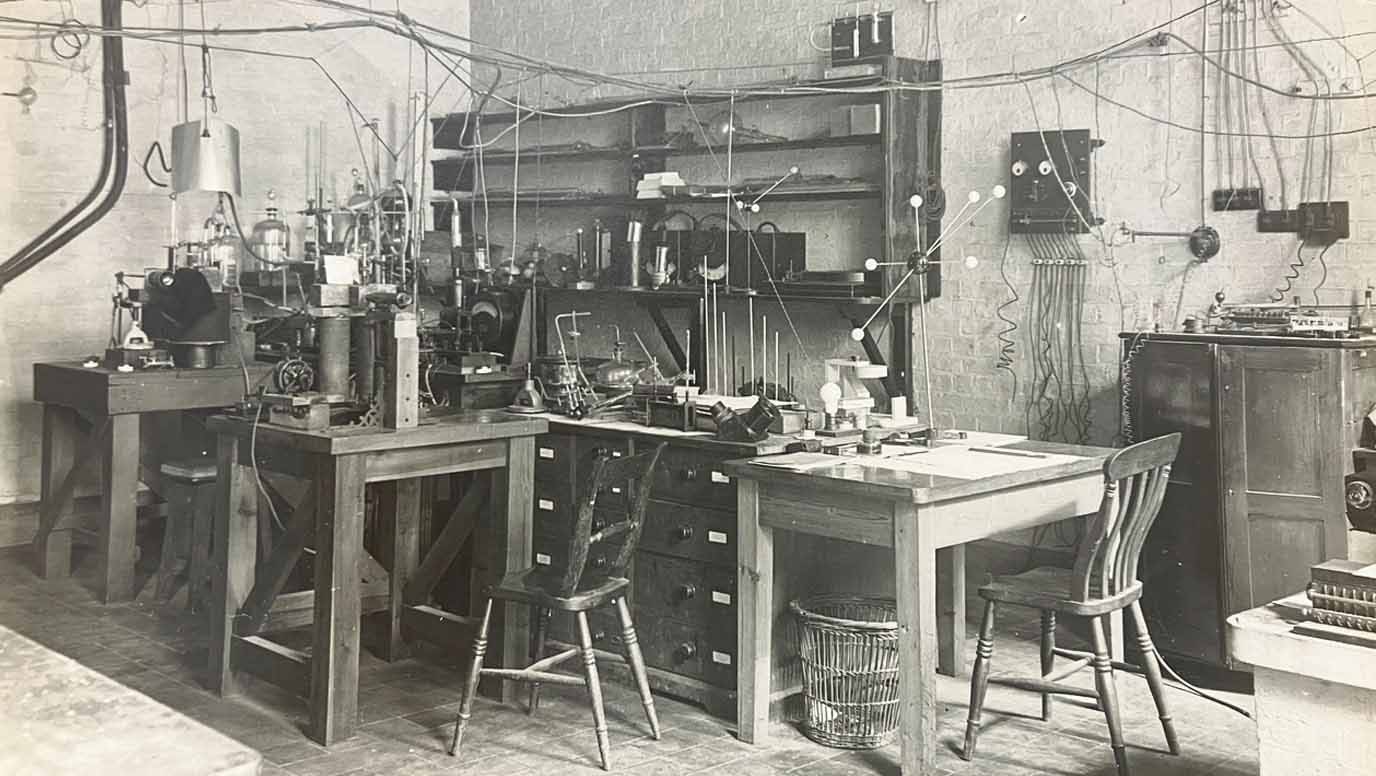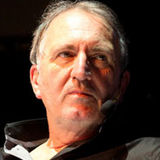The long and lasting legacy of Cavendish Laboratory

As we reported recently, the curators of The Cambridge History of Innovation Project (CHIP) archival & oral history survey are urging local companies to share information about records and memories of Cambridge technology.
Often, the roots of Cambridge commercial success stories will be found within the hallowed halls of the University.
Business Weekly has agreed to help Peter Rees and colleagues at CHIP to obtain fresh contributions to the project from our readers and in the coming issues we will provide further inspirational examples of the kind of material being sought.
The main picture with today’s article shows Ernest Rutherford’s laboratory at the prolific and highly productive Cavendish Laboratory.
Rutherford contributed significantly to atomic and nuclear physics. A magisterial and Nobel Prize-winning experimentalist, he was influential in the enduring culture of innovation and collaboration inspired by the Cavendish.
As often noted, several important early physics discoveries were made here, including the discovery of the electron by J.J. Thomson (1897) the Townsend discharge by John Sealy Townsend, and the development of the cloud chamber by C.T.R. Wilson. Ernest Rutherford became Director of the Laboratory in 1919.
Since the founding of the Nobel Prizes by Alfred Nobel in 1895, 30 members of the Cavendish have won one of the illustrious prizes – not all in physics.
One of the most recent inspirational figures at the Cavendish has been physicist Professor Sir Richard Friend whose research explores the electronic properties of novel semiconductors – currently carbon-based organic semiconductors and metal halide perovskites.
These are used as the active component in a range of semiconductor devices, including photovoltaic diodes, FETs, and LEDs, both to study their fundamental electronic structure and also to explore applications in display technologies and solar cells.
Sir Richard was the Cavendish Professor of Physics from 1995 until 2020. He has founded or co-founded a number of exalted companies, including Cambridge Display Technology and Plastic Logic, which raised more than $200 million.
Eight19 Ltd was another success story for Sir Richard who not so long ago co-founded the first genuine Oxbridge spin-out – Helio Display Materials – with Oxford colleague Henry Snaith.
An early investor in one of Sir Richard’s startup companies was the fund manager for Phil Collins and the pop group Genesis. Now it’s your turn to join ‘the band’ and help write fresh chapters in Cambridge’s finely tuned history of innovation.
Alongside existing significant archival collections – including the papers of Isaac Newton, Charles Darwin, Stephen Hawking, and many others – the new archive aims to facilitate deep research and diverse storytelling about Cambridge innovation.
Please consider completing and circulating the survey to share information about records and memories of Cambridge technology innovation (deadline 29th March). For direct contact email the Project Archivist, Peter Rees.
Or access The CHIP Survey, which is now live: https://cambridge.eu.qualtrics...


